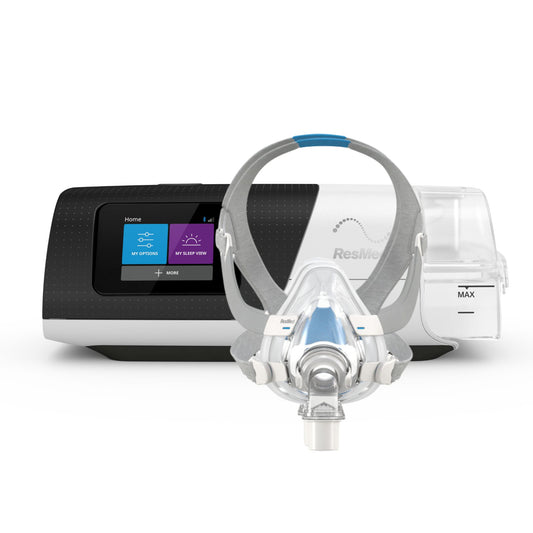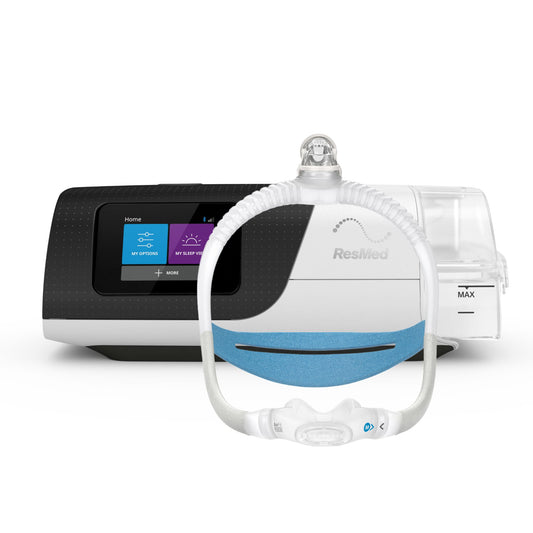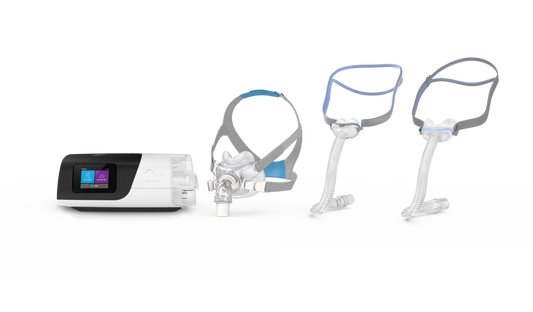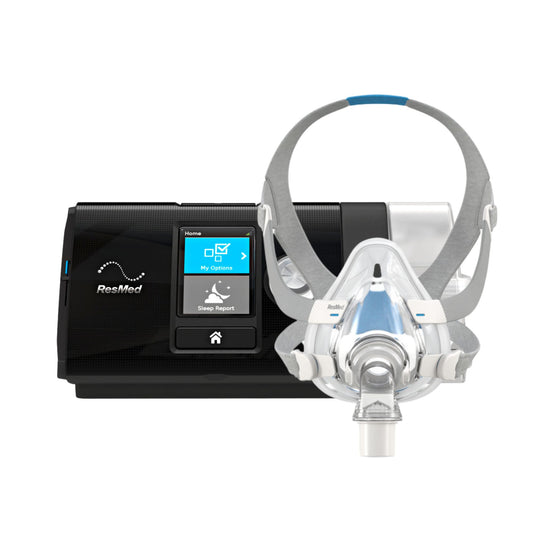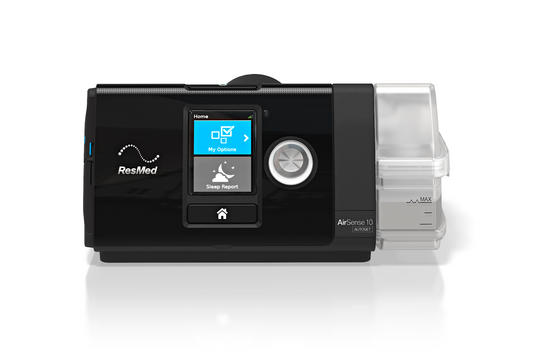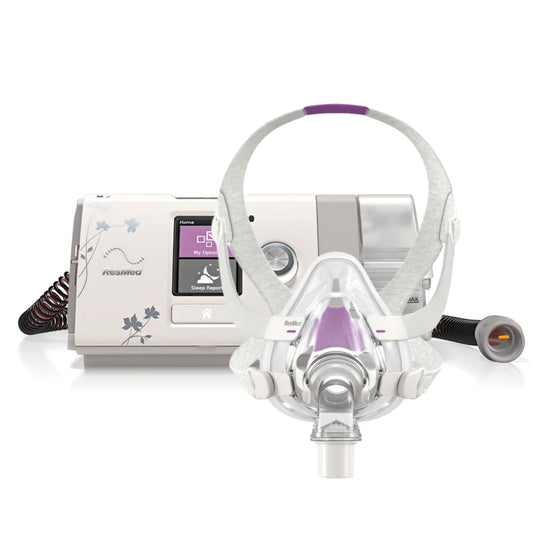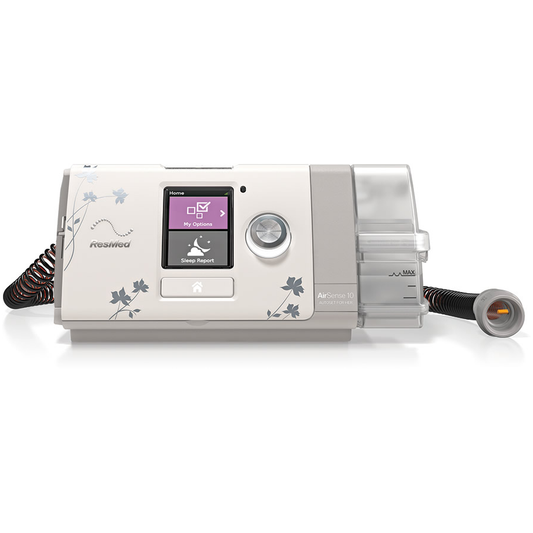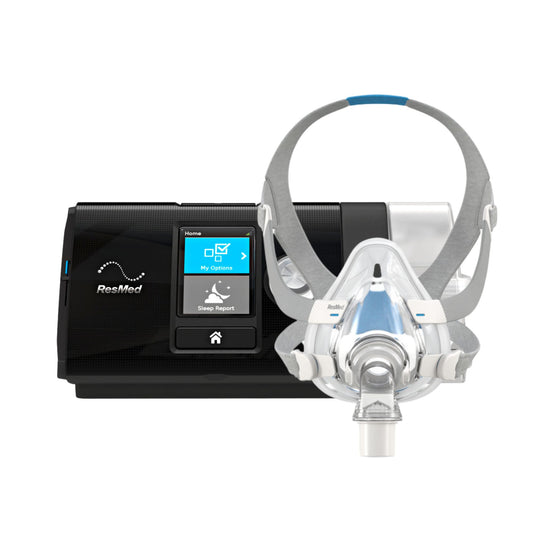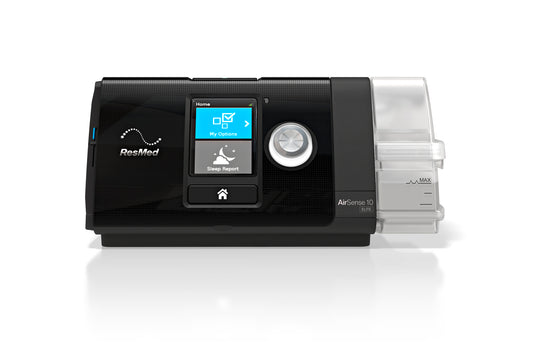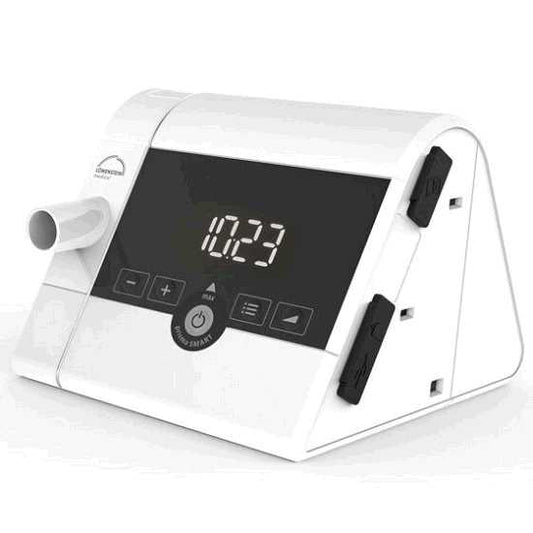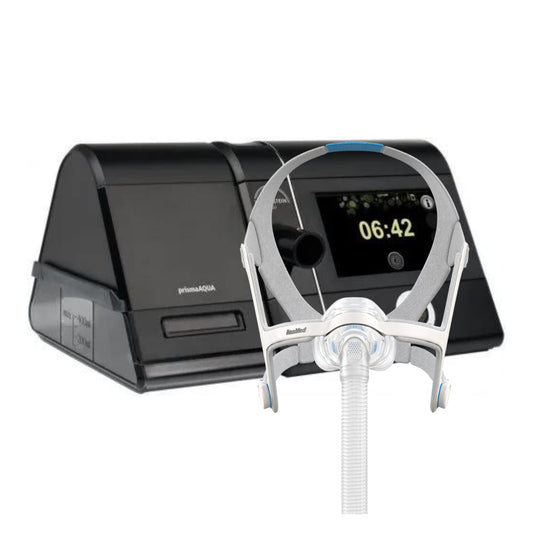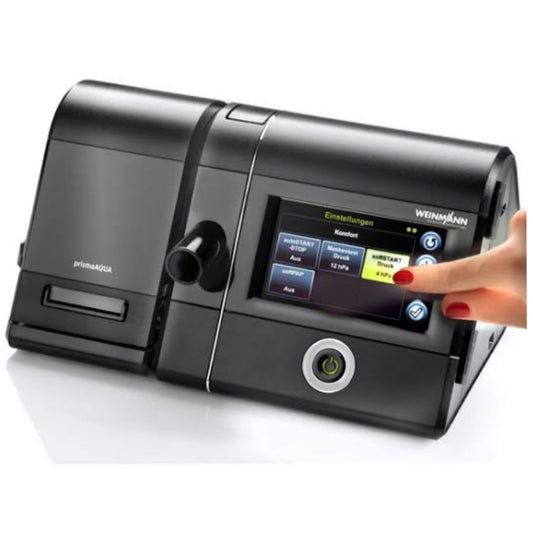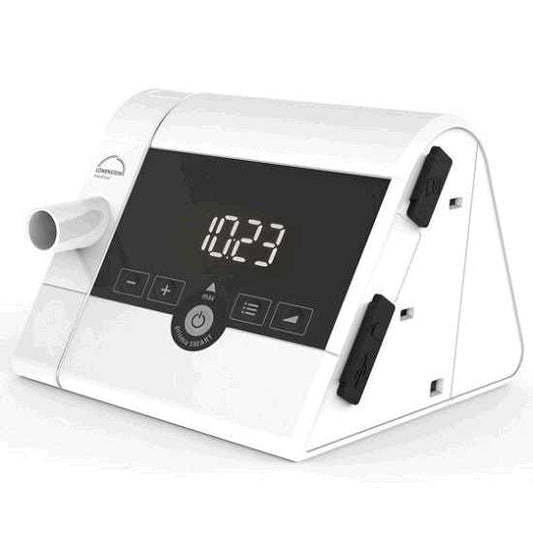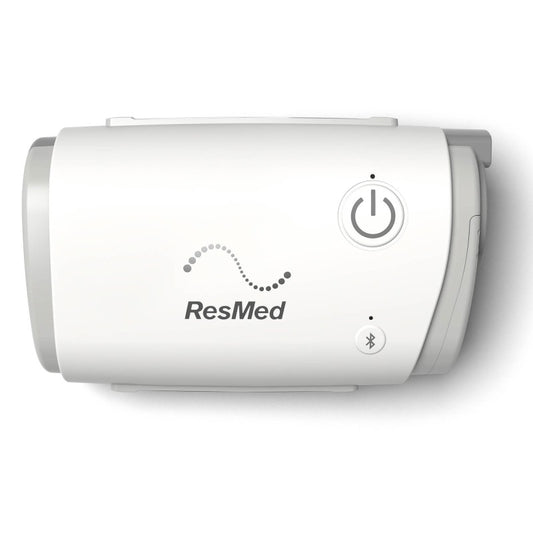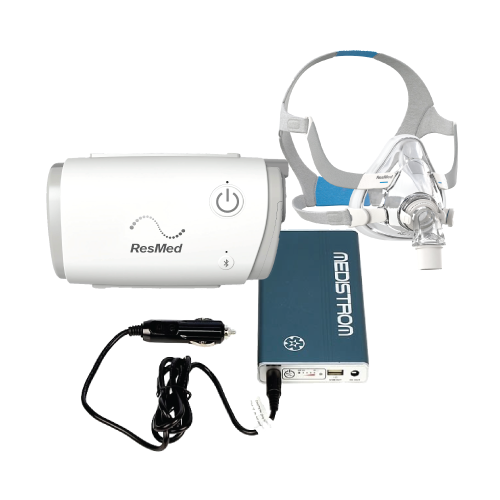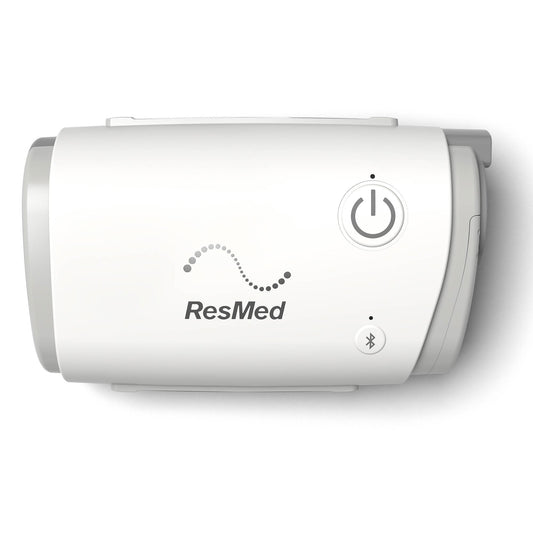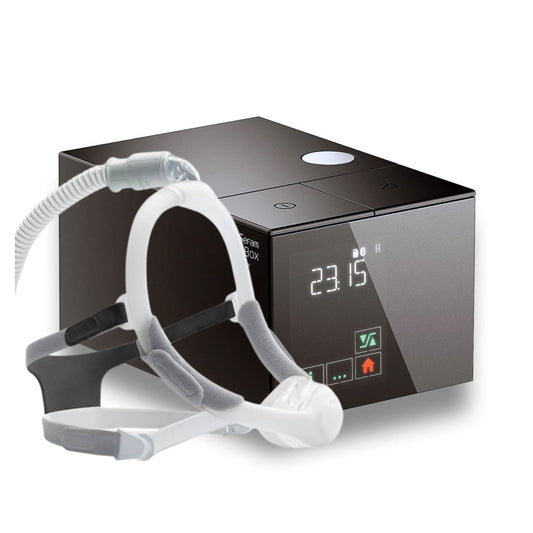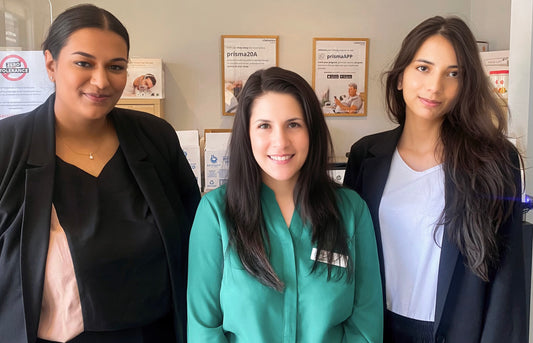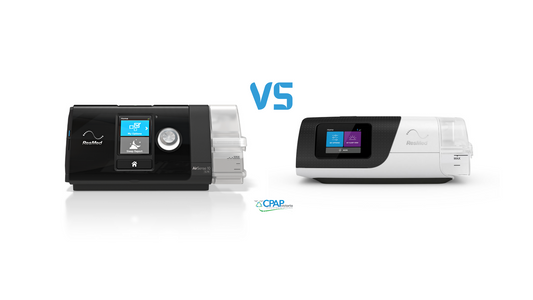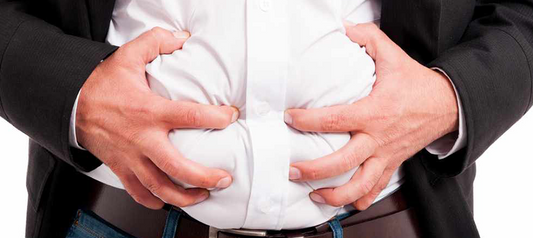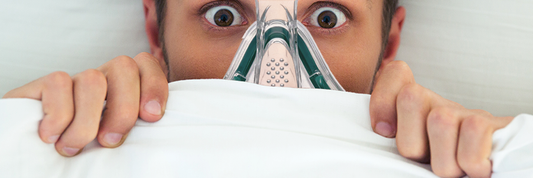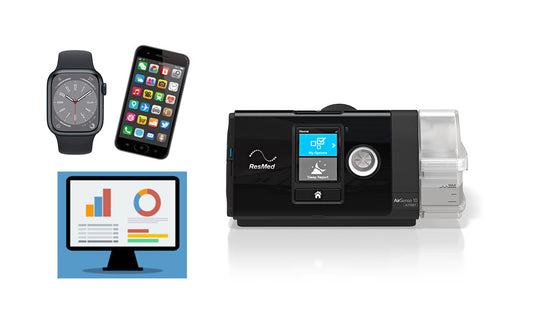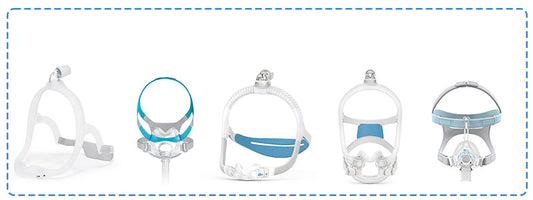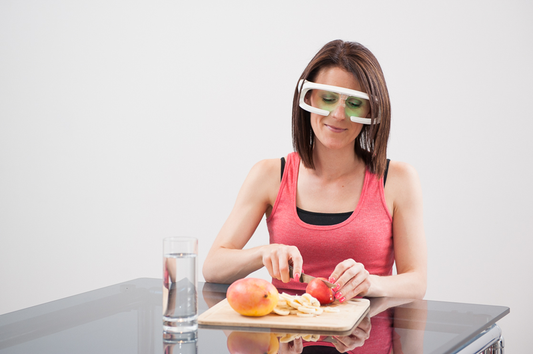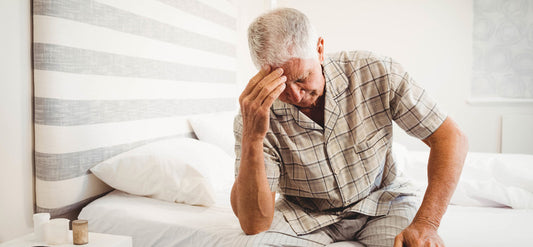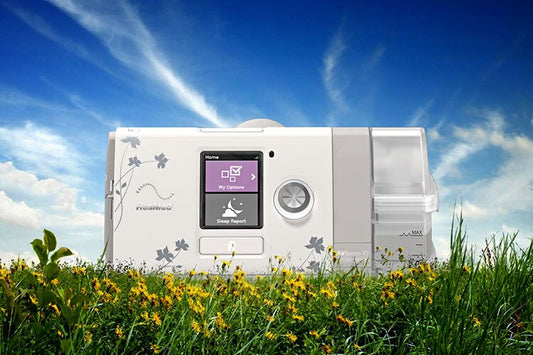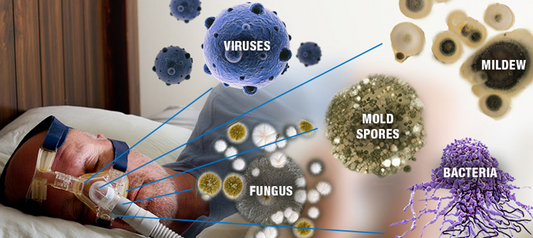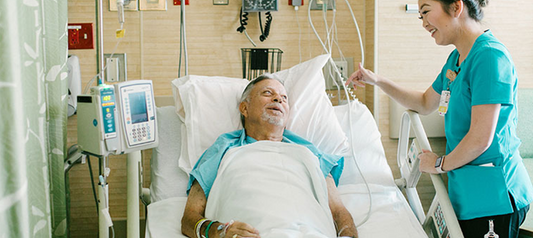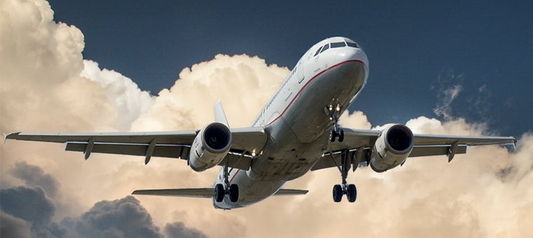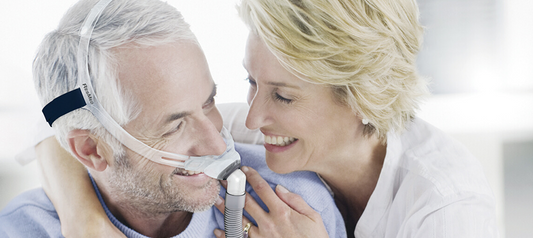There are CPAP users who are actually terrified to sleep with their CPAP mask on. Some feel anxious, while there are those who experience panic attack. And then there are those who cannot breathe or feel claustrophobic while undergoing their CPAP therapy. The fact is a great number of beginner CPAP users experience this. However, this problem can be diminished and even totally eliminated for an effective and glitch-free CPAP therapy.
CPAP Claustrophobia Explained
CPAP claustrophobia is a natural occurrence at the beginning of a patient’s CPAP treatment. The patient may seem to struggle to breathe each night while undergoing therapy. This causes the production and circulation of adrenaline or stress hormones through the patient’s body. It is therefore necessary to eliminate or clear the stress hormones out of the patient’s system. Is this possible while one is wearing a CPAP mask that actually triggered the patient’s claustrophobia?
There are certain fears that could lead to CPAP claustrophobia. A person who is troubled with the idea of something on his face might have trouble sleeping with a CPAP mask on. A person who thinks that it is possible for the head strap of a CPAP machine to strangulate him would definitely have a problem sleeping with a CPAP mask on. The diminished vision line when a mask is worn could also trigger fear of sleeping with a CPAP mask on. The weight of a CPAP mask may be worrisome for some, while there are those that feel they cannot breathe when they tried on a CPAP mask.
Ways to Diminish CPAP Claustrophobia
It is possible to diminish or eliminate CPAP mask use-related anxiety and claustrophobia by observing certain practices.
Use CPAP mask that are vented as this is a sure protection against asphyxiation. A full face CPAP mask without any vents could cause the build-up of carbon dioxide inside the mask as the patient breathes out during therapy. The exhaust vents are designed to eliminate carbon dioxide more so when the CPAP machine turns off due to power failure. In the event that the exhaust vents are blocked while the patient sleeps, his natural body reflexes will prod him to open his mouth, and move to take the mask off.
It is best to think that a CPAP machine and mask is really pushing air into the patient and not the other way around. Using it on a daily basis will eventually diminish a patient’s fear of using a CPAP mask. Another way of adjusting to a CPAP mask is to wear it during the day, and practice breathing through the mask as one reads or relaxes.
A full face CPAP mask causes CPAP claustrophobia. In this case, using a nasal pillows or nasal masks is a better option. However, not every OSA patient will find a nasal mask effective more so if the patient is a mouth breather during sleep.
It is also to his benefit if a patient learns to accept that CPAP therapy is a necessity to improve his quality of life. The idea is to persevere with the CPAP therapy even if hurdles are met during initial use. It takes time to get used to CPAP therapy. In no time at all, a patient will eventually adapt to CPAP therapy and mask!.
Call us now!
